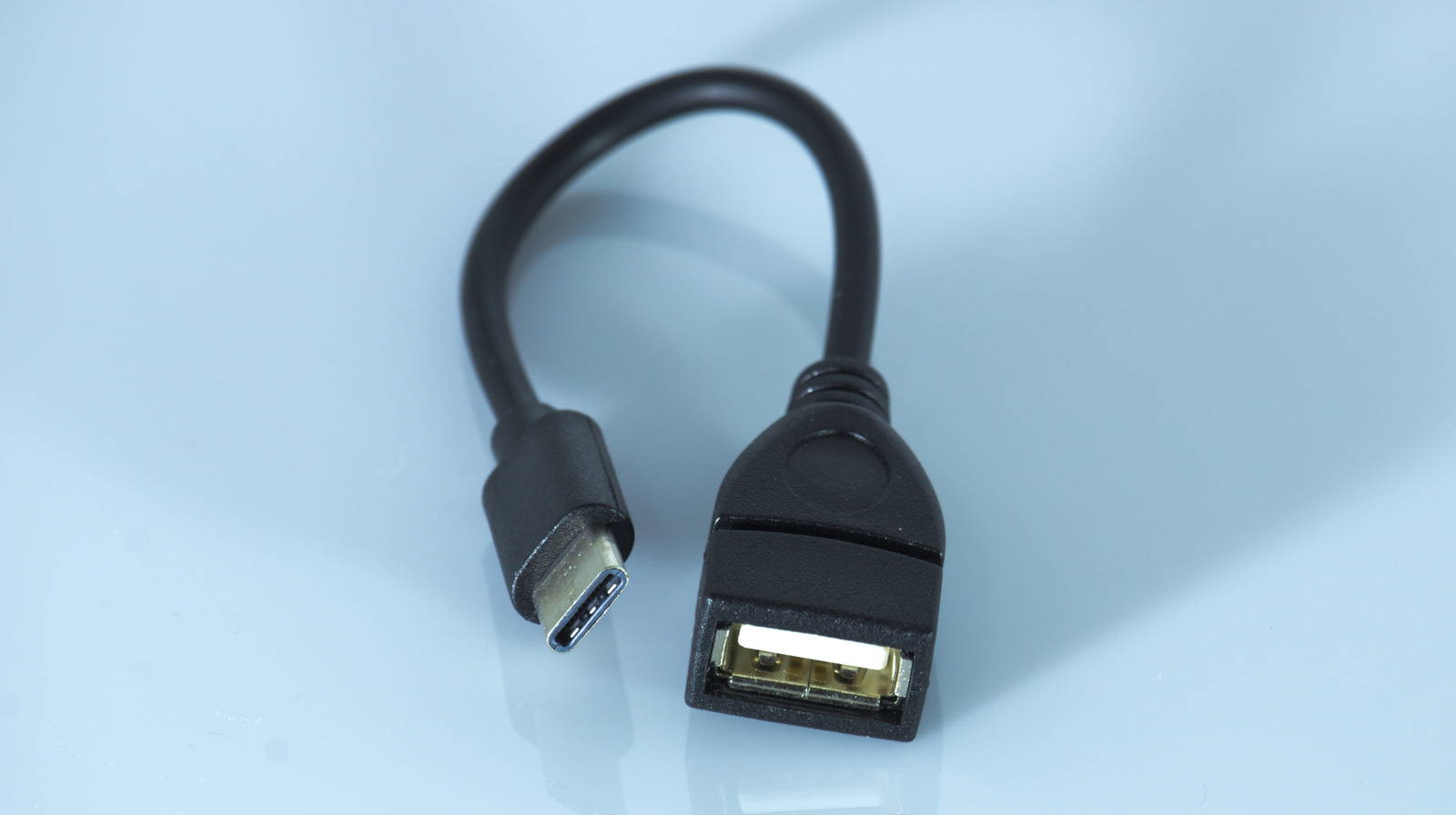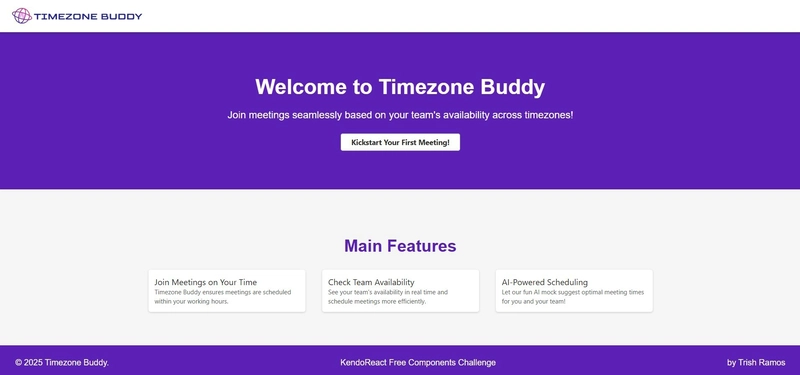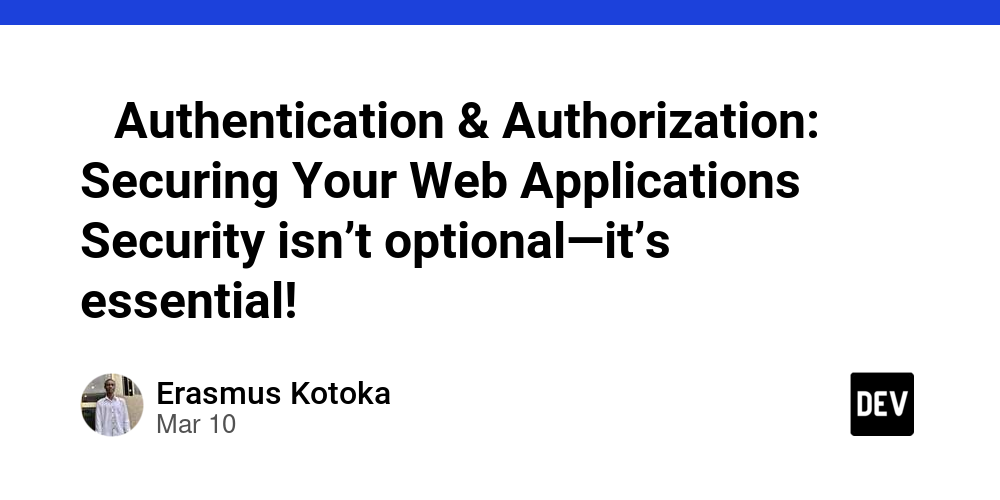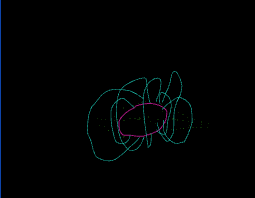Isolated Margin Trading and Sub-Accounts: The Best Protection Against Volatility
Using Isolated Margin to Control Losses on WhiteBIT and OKX When Trump announced his infamous tariffs on imports from Mexico, Canada, and China, the market immediately responded with over $2 billion in liquidations. The primary cause? Not just volatility (which is undeniably extreme these days), but the lack of safeguards against it. As the market evolves, risk management is more important than ever. To help you navigate future market fluctuations more effectively, this article presents a new survival strategy—isolated margin trading. Below, we explore why isolated margin is one of the best tools for surviving the 2025 market, how to implement it easily and efficiently, and which crypto exchanges offer the best features to make it possible. TL;DR ✔ Isolated margin trading ensures that a single bad trade doesn’t wipe out your entire portfolio by keeping risk confined to each position. ✔ While it offers better control, traders must remain vigilant—each position requires active monitoring, and higher capital commitments may be necessary. ✔ Sub-accounts help separate trading strategies, ensuring that one experiment doesn’t interfere with another while allowing precise execution across different markets. ✔ Leading exchanges provide built-in risk management tools, including adjustable margin levels and sub-accounts. These features are available on OKX, WhiteBIT, Kraken, and other major platforms. What Is Isolated Margin Trading? Isolated margin trading allows traders to allocate a fixed amount of funds to a specific position, ensuring that potential losses are limited to that allocation. Unlike cross-margin trading, where all available funds in an account can be used as collateral for losses, isolated margin guarantees that an unfavorable market move in one trade won’t impact the rest of the trader’s balance. This approach is particularly beneficial for high-risk trades, providing a structured risk management strategy. If a position moves against the trader, liquidation occurs only within the allocated margin, preventing the entire account from being wiped out. Traders often use isolated margin to manage leverage effectively and avoid overexposure. Benefits & Challenges of Isolated Margin Trading ✔ Enhanced Risk Management – Isolated margin ensures that losses are contained within each trade, protecting the rest of the portfolio. ✔ Precision in Risk Allocation – Traders can strategically distribute risk across different trades without affecting overall capital. ✔ Higher Control, More Responsibility – While this method gives traders a granular level of control, it requires active monitoring and adjustments per position. ✔ Increased Capital Commitment – Unlike cross-margin trading, isolated margin requires traders to allocate funds separately to each trade, which can be capital-intensive. Trading Strategies for Isolated Margin A structured risk management approach is crucial when using isolated margin trading. One common strategy is allocating only a fixed percentage of a portfolio to leveraged positions. For example:

Using Isolated Margin to Control Losses on WhiteBIT and OKX
When Trump announced his infamous tariffs on imports from Mexico, Canada, and China, the market immediately responded with over $2 billion in liquidations.
The primary cause? Not just volatility (which is undeniably extreme these days), but the lack of safeguards against it.
As the market evolves, risk management is more important than ever.
To help you navigate future market fluctuations more effectively, this article presents a new survival strategy—isolated margin trading.
Below, we explore why isolated margin is one of the best tools for surviving the 2025 market, how to implement it easily and efficiently, and which crypto exchanges offer the best features to make it possible.
TL;DR
✔ Isolated margin trading ensures that a single bad trade doesn’t wipe out your entire portfolio by keeping risk confined to each position.
✔ While it offers better control, traders must remain vigilant—each position requires active monitoring, and higher capital commitments may be necessary.
✔ Sub-accounts help separate trading strategies, ensuring that one experiment doesn’t interfere with another while allowing precise execution across different markets.
✔ Leading exchanges provide built-in risk management tools, including adjustable margin levels and sub-accounts. These features are available on OKX, WhiteBIT, Kraken, and other major platforms.
What Is Isolated Margin Trading?
Isolated margin trading allows traders to allocate a fixed amount of funds to a specific position, ensuring that potential losses are limited to that allocation.
Unlike cross-margin trading, where all available funds in an account can be used as collateral for losses, isolated margin guarantees that an unfavorable market move in one trade won’t impact the rest of the trader’s balance.
This approach is particularly beneficial for high-risk trades, providing a structured risk management strategy. If a position moves against the trader, liquidation occurs only within the allocated margin, preventing the entire account from being wiped out. Traders often use isolated margin to manage leverage effectively and avoid overexposure.
Benefits & Challenges of Isolated Margin Trading
✔ Enhanced Risk Management – Isolated margin ensures that losses are contained within each trade, protecting the rest of the portfolio.
✔ Precision in Risk Allocation – Traders can strategically distribute risk across different trades without affecting overall capital.
✔ Higher Control, More Responsibility – While this method gives traders a granular level of control, it requires active monitoring and adjustments per position.
✔ Increased Capital Commitment – Unlike cross-margin trading, isolated margin requires traders to allocate funds separately to each trade, which can be capital-intensive.
Trading Strategies for Isolated Margin
A structured risk management approach is crucial when using isolated margin trading. One common strategy is allocating only a fixed percentage of a portfolio to leveraged positions.
For example:













































































































































































![[The AI Show Episode 142]: ChatGPT’s New Image Generator, Studio Ghibli Craze and Backlash, Gemini 2.5, OpenAI Academy, 4o Updates, Vibe Marketing & xAI Acquires X](https://www.marketingaiinstitute.com/hubfs/ep%20142%20cover.png)



























































































































![[FREE EBOOKS] The Kubernetes Bible, The Ultimate Linux Shell Scripting Guide & Four More Best Selling Titles](https://www.javacodegeeks.com/wp-content/uploads/2012/12/jcg-logo.jpg)



![From drop-out to software architect with Jason Lengstorf [Podcast #167]](https://cdn.hashnode.com/res/hashnode/image/upload/v1743796461357/f3d19cd7-e6f5-4d7c-8bfc-eb974bc8da68.png?#)





































































































.png?#)





.jpg?#)
































_Christophe_Coat_Alamy.jpg?#)










































































































![Rapidus in Talks With Apple as It Accelerates Toward 2nm Chip Production [Report]](https://www.iclarified.com/images/news/96937/96937/96937-640.jpg)





































































































































